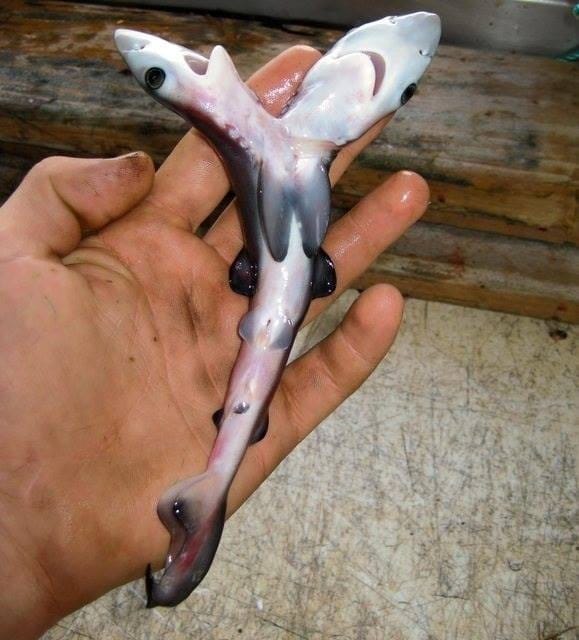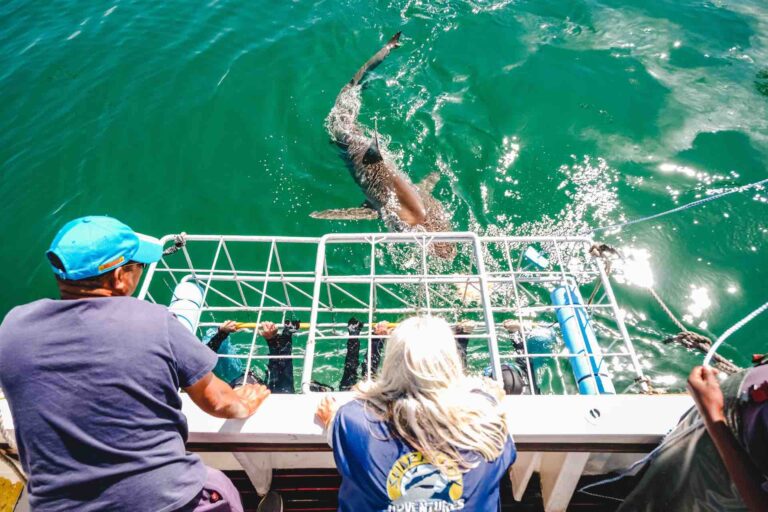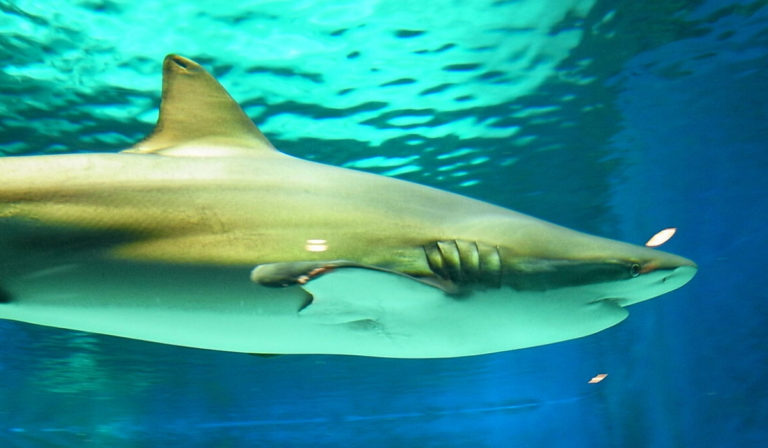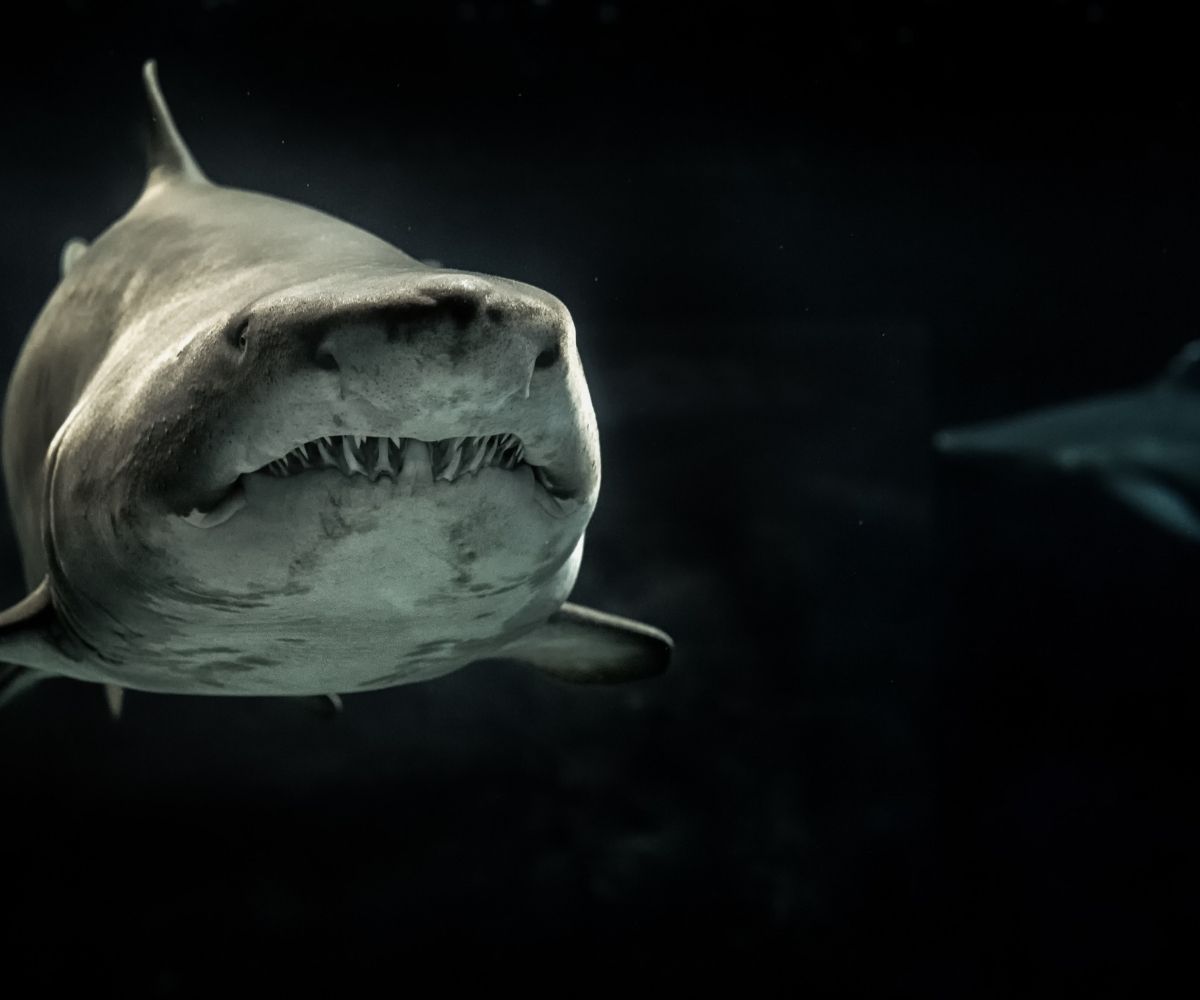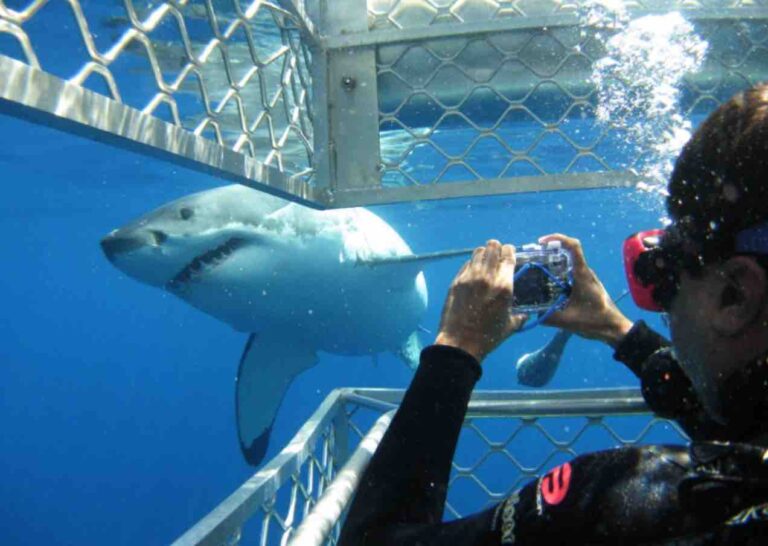5 amazing facts about great white sharks
The first thing that comes into people’s minds when they think about great white sharks is that they are relentless killers, but not many people realise that there are still many mysteries about the Great White Shark that we still don’t know. Here are some fun facts about great white sharks that you probably don’t know about:
- The Great White Shark cannot be kept in captivity:
For land animals, all you need to do is recreate their world on land in a closed off environment, which is easy to do. For animals in the ocean, it’s not this simple. For ocean creatures, such as dolphins and other fish, scientists have been able to hit the nail on the head, but its proven to be quite unsuccessful for the Great White Shark. The shark is known to ‘refuse’ to live under captivity – they either starve themselves or they slam their heads against the walls, and many aquariums have been forced to release the creature back into the wild for their own safety.
- Humans have never experienced Great Whites mating:
Great White Sharks are near impossible to follow around because they appear and disappear at their own will in deep waters. Observing Great White Shark mating is more difficult than other species. Great White Sharks are quite rare and it is dangerous to be in the water with them outside of a cage. They are often in places where the water is cold and murky making it hard to shoot any footage of them as well.
- Great White Sharks have a secret party spot:
Great white sharks tagged in North America have been tracked to travel to waters around Hawaii and take a yearly respite in a mysteriously alluring mid-ocean spot that researchers are calling the “white shark café”. Scientists still haven’t been able to figure out what goes on in these waters but it is suspected that this is where mating takes place or where female sharks travel to give birth.
- They have a sixth sense:
Great whites have a network of special cells that can detect electricity, called electroreceptors, in their heads. They use them for hunting and navigation. This sense is so developed that sharks can find fish hiding under sand by honing in on the weak electrical signals emitted by their twitching muscles.
- They don’t like conflict:
Great white sharks are actually conflict-avoidant — at least with one another. When there isn’t enough food to go around, sharks swim past each other, slapping the surface of the water with their tails. Whoever slaps the water the most and hardest gets the meal.
Book your shark cage diving trip with us to get the ultimate experience you will never forget!

